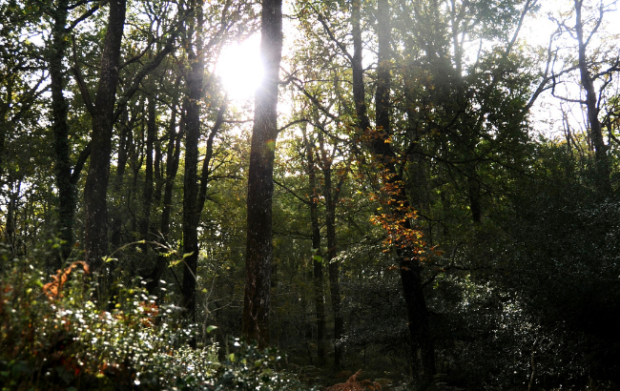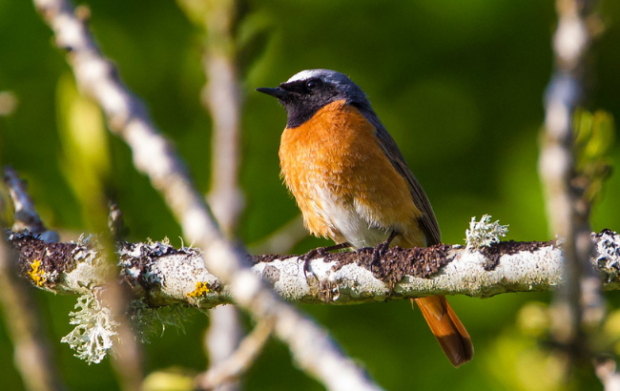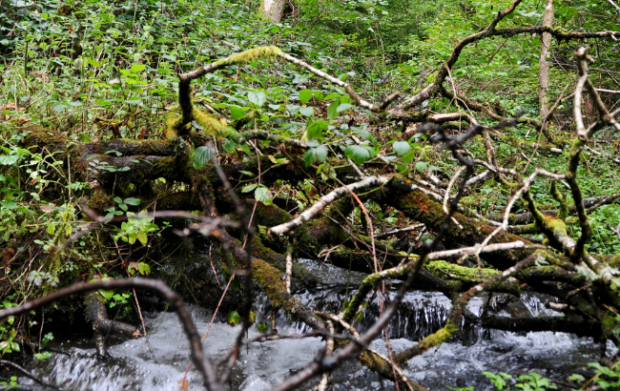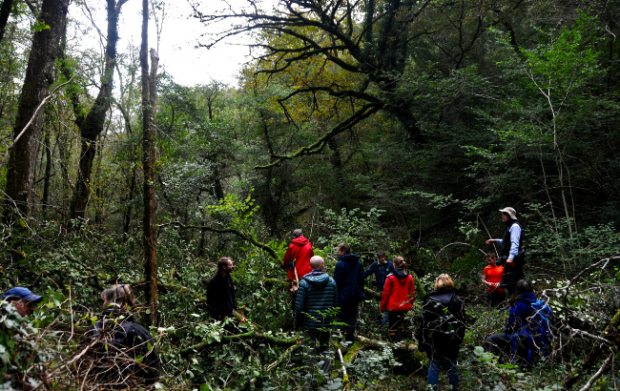
My name’s Emma. I work for the Environment Agency in South Devon, working on creating natural solutions across the area – from wetlands to woodland.
Previously, I told you about my work on the River Dart’s saltmarshes.
Today, I’m taking you to the East Dartmoor National Nature Reserve, nestled within the valley of the River Bovey, to the south east of Dartmoor National Park.
It is one of England’s oldest National Nature Reserves, purchased by the Nature Conservancy in 1952.
Here you can find the best remaining ancient oak woodlands in Devon. Oaks form the canopy, with rowan beneath, bilberry at ground level (known as the field layer). The whole wood is covered in lichens, mosses, liverworts and ferns.
The variety of habitats and plants supports a staggering amount of wildlife, from butterflies and moths, to birds like pied flycatchers, wood warblers and redstarts – all of which have declined nationally over the last 25 years.
It is no surprise then that this is also a highly protected site – it is a Special Area of Conservation and a Site of Special Scientific Interest.

But for all its natural beauty, this is not an untouched landscape. Like much of the West Country, human history is woven into the land.
In the past, this valley has been farmed, used as a look-out post during the English Civil War, been mined for copper and provided wood for charcoal making.
The watercourses themselves have been changed, including the Bovey Pottery Leat, which was used to direct water to the pottery works nearby.
In fact, while woodland cover has been on this site for centuries, individual trees are typically no more than 100 years old – which is young for an oak!

The reserve is managed by the National Nature Reserve team who, among their other activities, are now also conducting a natural flood management project in the woodlands.
The Wild Water project is a partnership between the Environment Agency, Natural England and the Woodland Trust. It fits within a wider project, Dartmoor Headwaters, which is a collaboration between Environment Agency, Dartmoor National Park and Devon County Council.
The project members work with skilled foresters under the watchful eye of Albert Knott, Natural England’s reserve manager. They are using the natural succession of woodland (the cycle of young plants and trees, to mature and dead trees) to push water out of its incised channels and across the woodland floor.
To do this, they are ‘hinging’ fallen trees across the water way to slow the movement of water, breaking up the tree canopy, coppicing, and installing natural dams.

There are many benefits to this work on top of reducing flood risk further downstream. Slowing the flow of water out of the reserve will help provide the damp conditions that the oak woodlands and their inhabitants, including otters, need. The work also creates more roosting sites for the woodlands’ 13 species of bat.
Increasing water retention also helps these habitats adapt to climate change. It makes them more resistant to droughts and cooling moorland streams, benefiting our aquatic wildlife and maintaining vital humidity for longer.
The many resident species will all benefit from the increased sunlight created by the canopy gaps from the cut trees. It will also create a variety of tree ages, as the woodland naturally regenerates after the fellings.
Finally, research gathered during this project will increase our understanding of how natural flood management can be applied to other areas. We are doing surveys, drone flyovers and have set trail cams up to take time-lapse photos showing how water levels rise and fall during rainfall events.
This is just the first year of the project, which will last for three years. In total, it will improve over 6km of waterways and 14 hectares of floodplain, with both people and wildlife experiencing the benefits.
To receive an email notification whenever we publish a new post, please subscribe to the blog.
Leave a comment